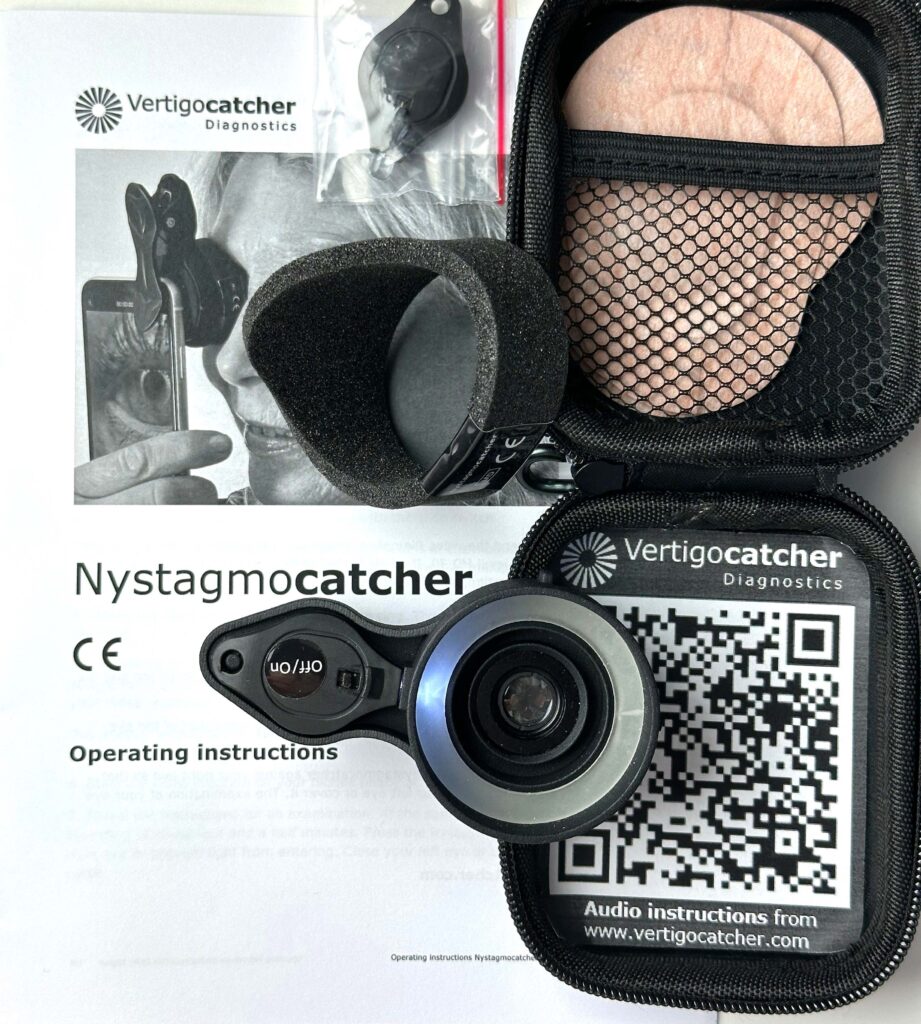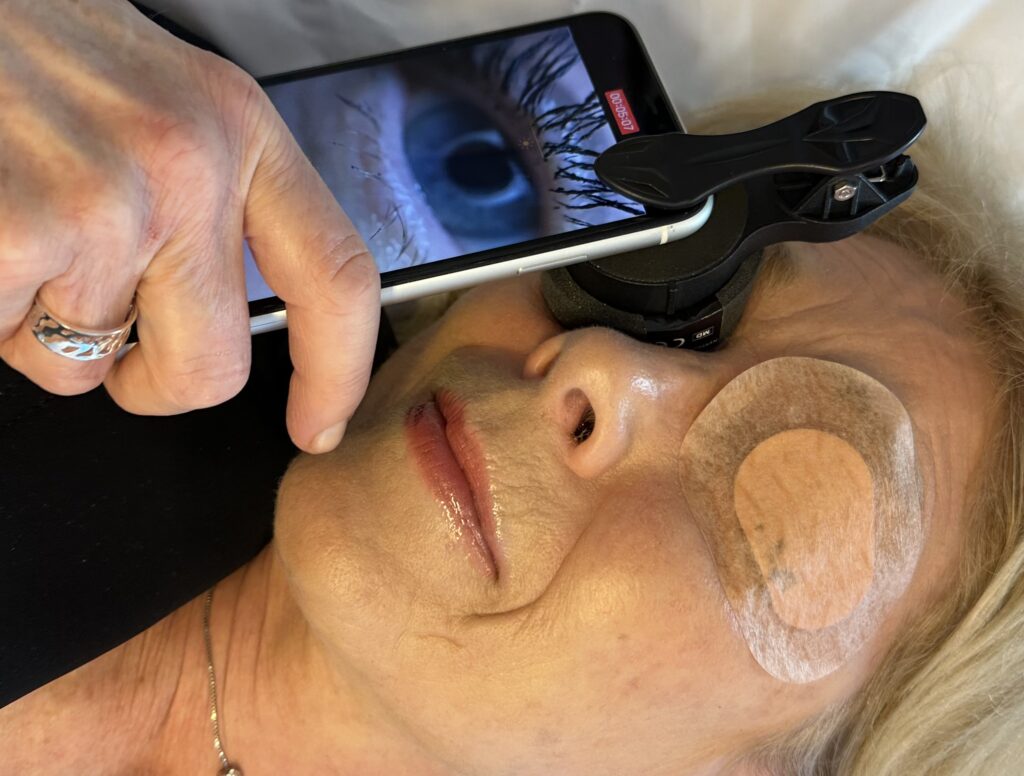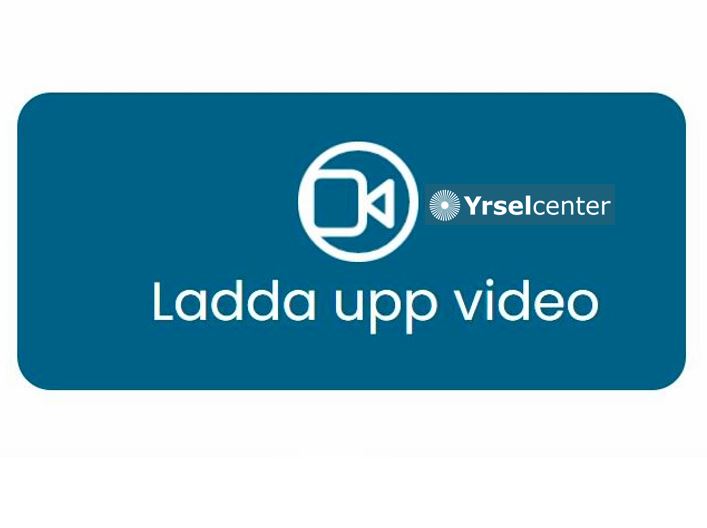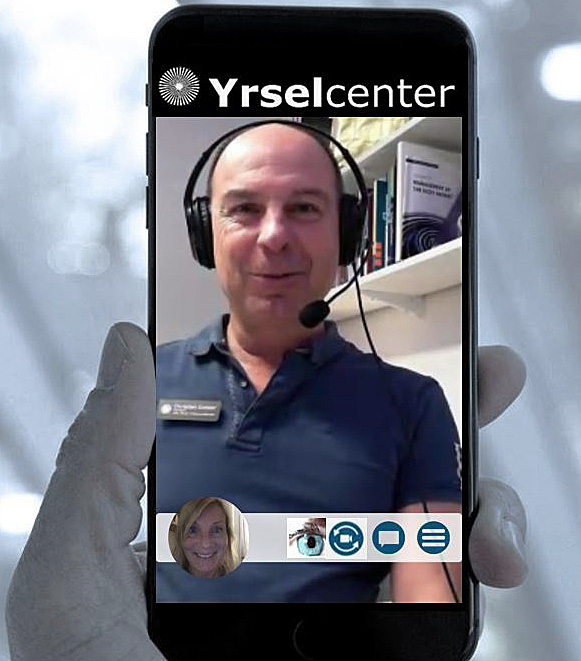We make dizziness diagnostics accessible!
Nystagmocatcher® is an attachment to your mobile phone that allows you to register impulses of the sense of balance. Vertigocatcher® is a new telemedical service for diagnosing balance disorders by analysing video-recorded eye movements.
Further information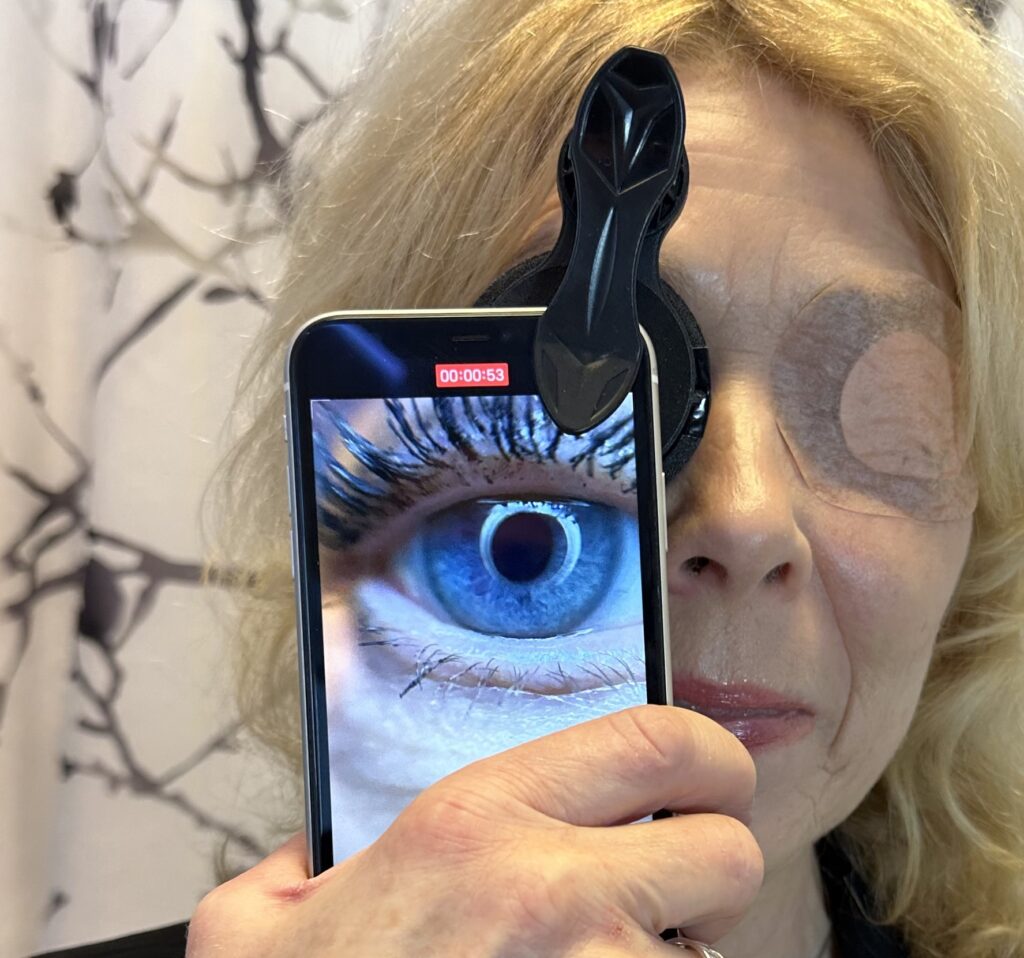
Investigate dizziness yourself!
- More than half of all dizziness and balance disorders are caused by errors in the sense of balance – in balance organs, in balance nerves, in the brainstem or in the cerebellum
- The most common physical disorders are various forms of benign paroxysmal positional vertigo BPPV, vestibular neuritis, vestibular migraine, over-excitability in the sense of balance, Ménière’s disease and positional vertigo not typical for BPPV
- Balance disorders are not visible in blood tests, ECGs or X-rays
- Disorders of the sense of balance can only be reliably diagnosed by analysing eye movements
- In general healthcare, the impulses of the sense of balance are at best only partially investigated, sometimes not at all. For this reason, you may need to do it yourself!
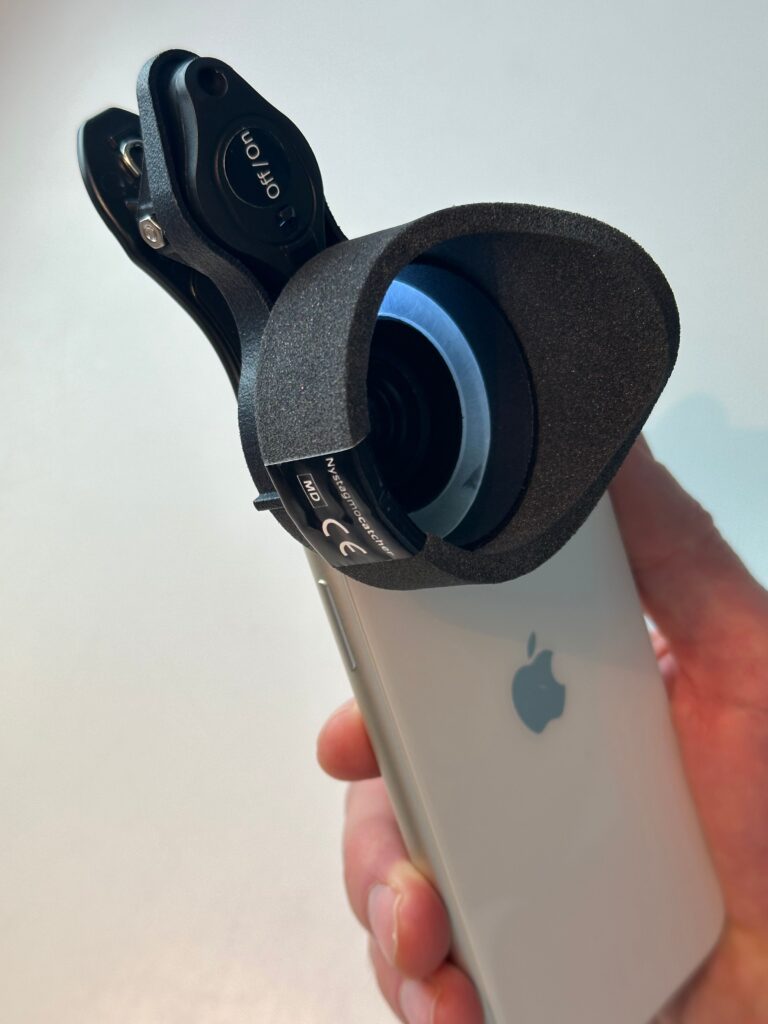
Document and store
- With Nystagmocatcher attached on your mobile phone you can document and store information about your sense of balance
- All impulses of the sense of balance are linked to your eye movements
- Nystagmocatcher suspends the eye’s ability to focus and simultaneously illuminates it
- Video film the movements of your right eye and conduct a 5-minute examination
- Save the video clip in your phone
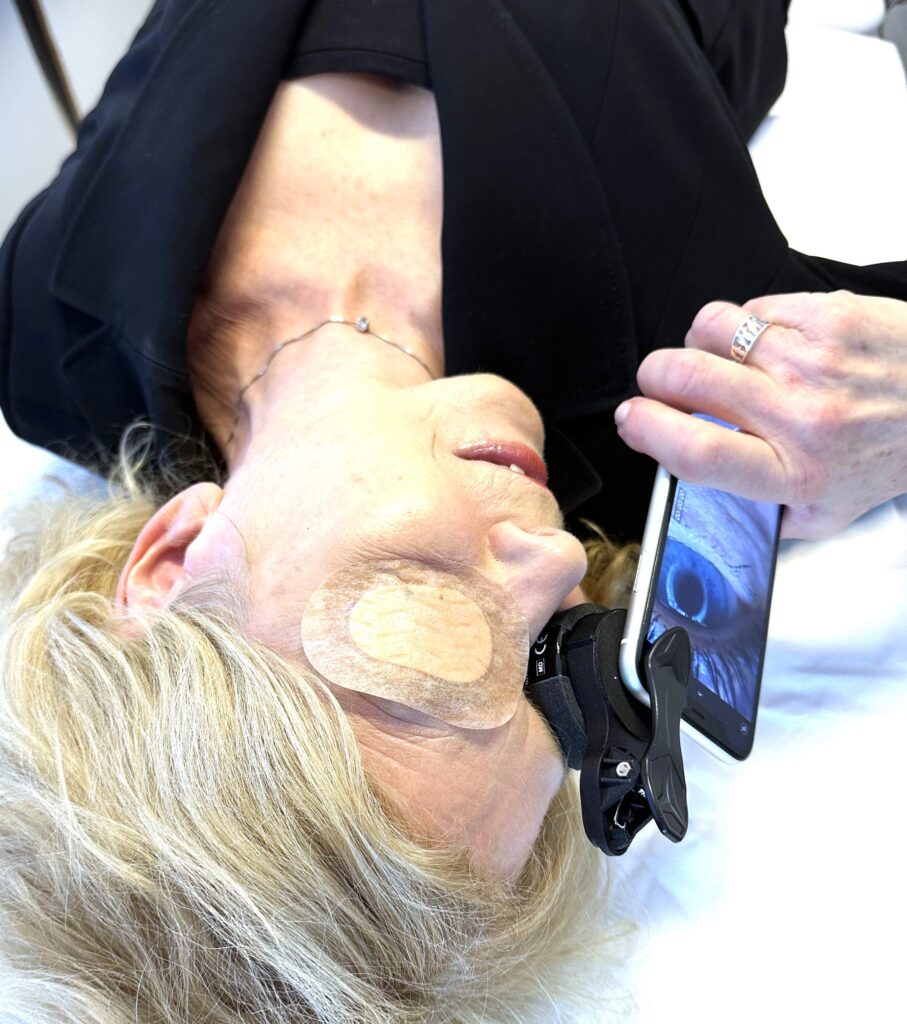
Regardless of time, location and local healthcare expertice
- With Nystagmocatcher you have all the tools to do the most important balance tests yourself
- Use your mobile phone to video your eye movements
- Use another audio source to play audio instructions to perform a standardized balance examination
- Document errors in you sence of balance
- regardless time of day, regardless where you are and regardless local healthcare expertise for dizziness disorders
Get to know the examinations

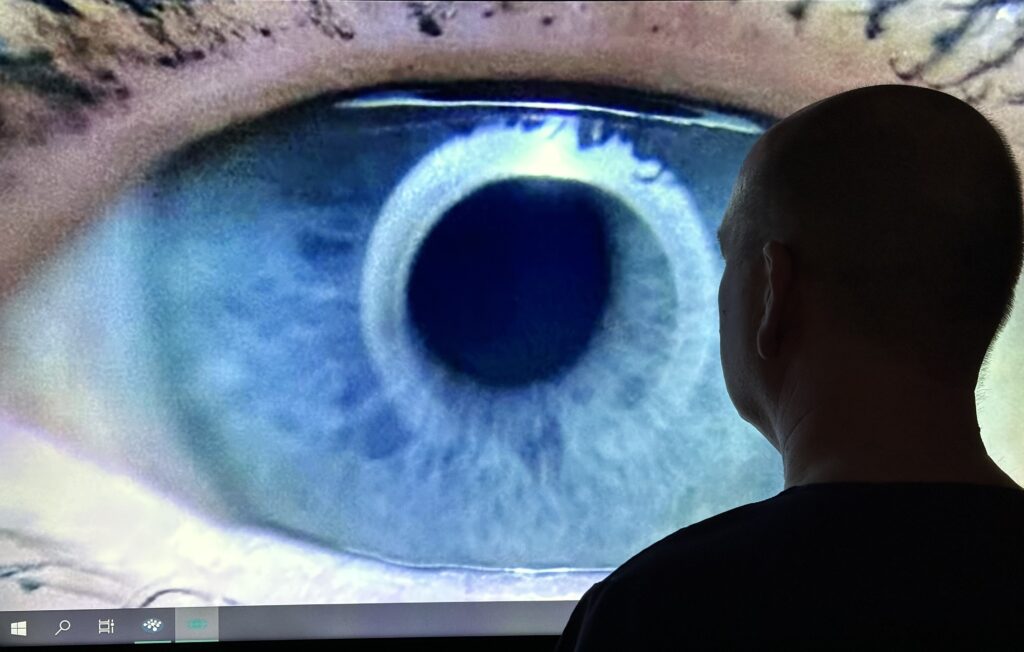
Analysis of eye movements
- When you have uploded your video clip, it is reviewed by us. We are neurootologist / medical doctors specialized in balance disorders
- We are highly experienced in analysing eye movements
- Communication with us takes place via a secure cloud service by chat or by a 20 min videoconsultation. Identify yourself with swedish Bank ID
- We provide you with diagnosis and advice every weekday from 8 a.m. to 5 p.m
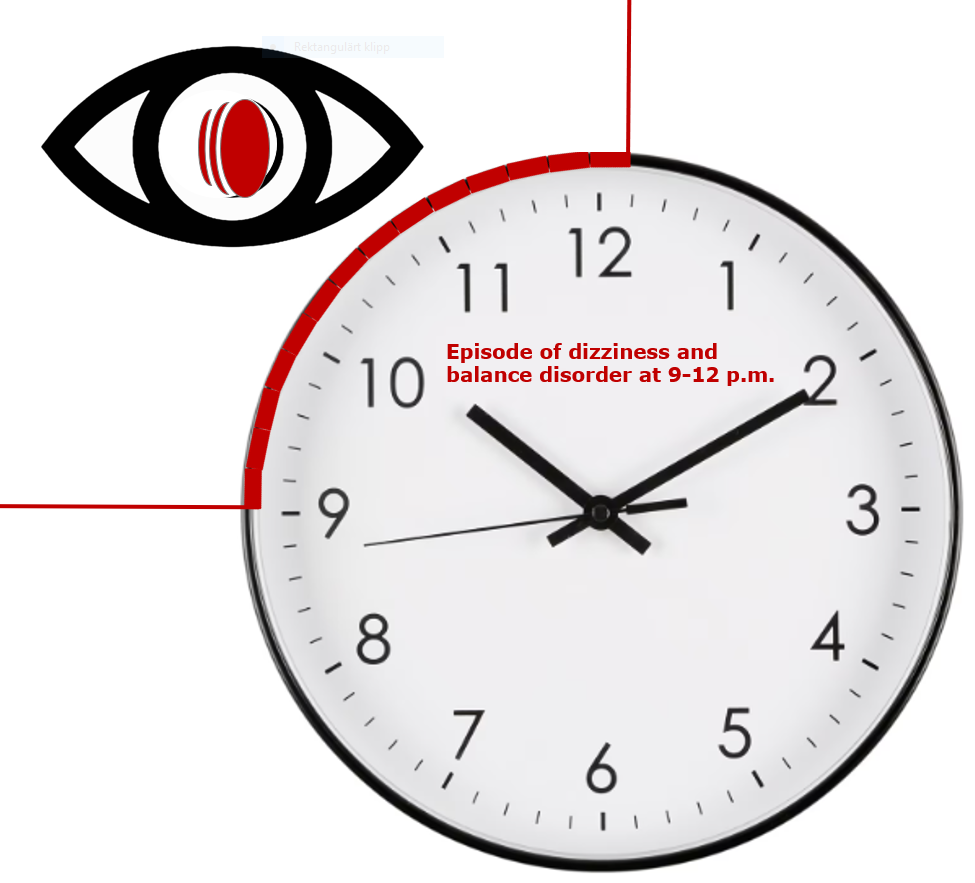
Diagnostic timing – examine when you are dizzy
- Dizziness may have many causes. But the most common causes are five known dizziness disorders and combinations of them
- Dizziness and vertigo episodes occur at different times of the day, usually not when you are not in a doctor’s clinic
- Perform the examination WHEN you have dizziness, regardless of the time of day
- Eye movements filmed by Nystagmocatcher during ongoing dizzy spells and periods of dizziness provide a very high diagnostic accuracy
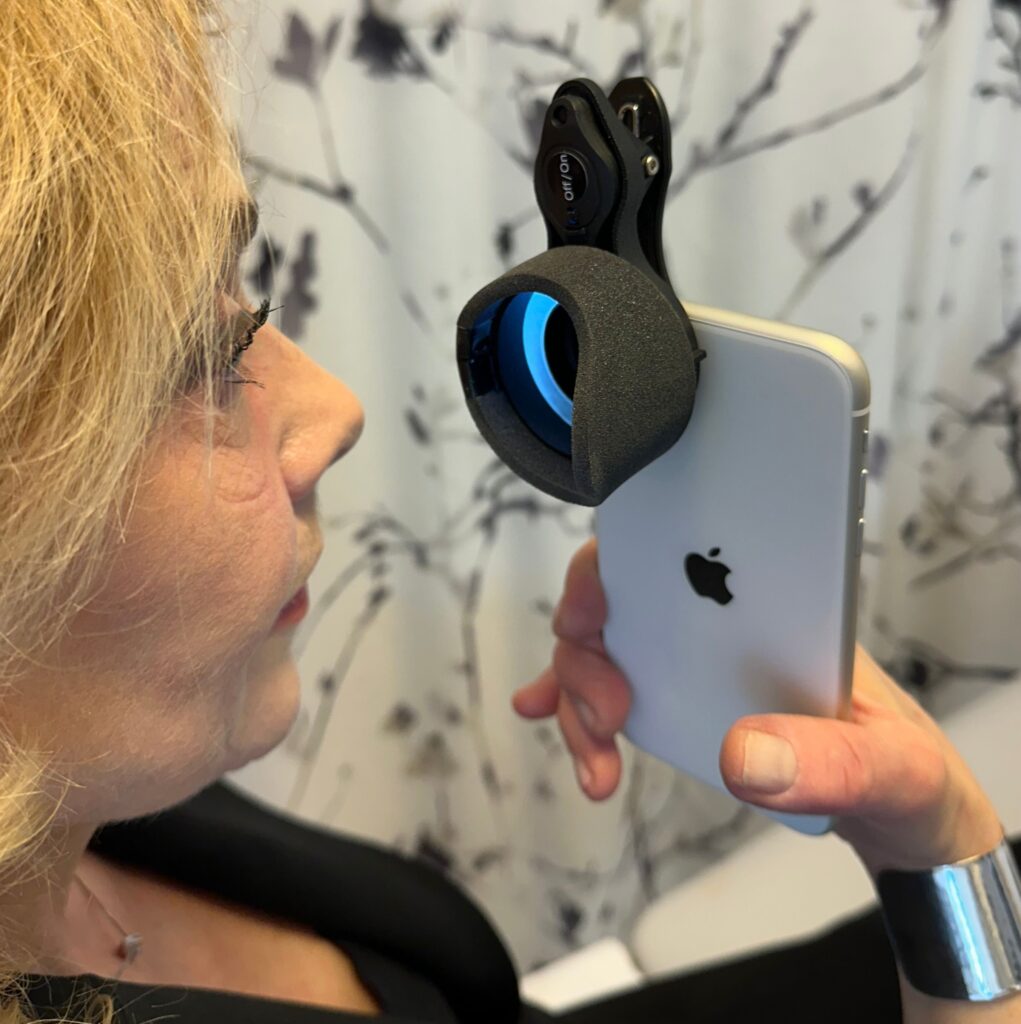
Early diagnosis prevents functional dizziness
- Functional and conditional dizziness are common conditions. The symptoms are controlled by the amygdala in the brain and are partly triggered psychologically. Over-monitoring of head movements, of the functions of the balance system and a fear of falling are typical symptoms
- Functional dizziness often occurs after the onset of physical disorders of the sense of balance and especially often when the initial physical disorder has not been diagnosed. Daily functional dizziness for over three months is called PPPD (persistent postural-perceptual dizziness)
- Early analysis of your eye movements provides an early diagnosis of balance disorders. It prevents the development of prolonged functional dizziness symptoms
